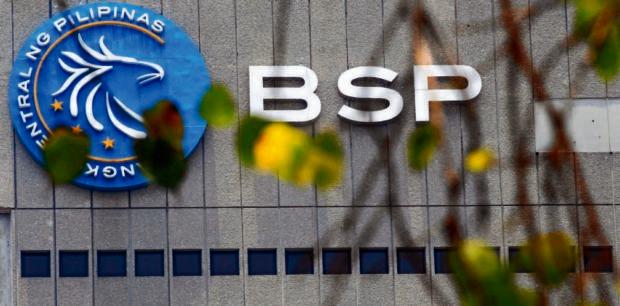MANILA, Philippines—The Philippine real estate industry—where cash flows depend heavily on postdated checks for rent and amortizations— stood to benefit immensely from the ongoing digital shift of the country’s banking system, according to the head of the central bank.
Speaking at a forum of realtors recently, Bangko Sentral ng Pilipinas (BSP) Governor Benjamin Diokno said adopting electronic payment solutions can enable property developers to collect payments faster, and even in real time.
“Compared to check payments, you need not wait for the check to be physically mailed and cleared, which helps in avoiding potential float costs,” he said at the recent Megaworld International Philippine Property Expo 2021.
According to the central bank chief, real estate businesses can enjoy easier management of payment collections by easing the effort required in manual payments as digital payments also allow the easier tracking of payments with all transactions being recorded online.
Moreover, the rate of collection is improved by eliminating barriers that may cause customers to delay or miss payments. Customers can make timely payments as they are no longer required to make payments in person and digital payment channels are available 24/7.
The BSP is also noticing an increasing trend for digital payments across the country.
Diokno said purchasing decisions, particularly of digitally savvy customers, may also be influenced by the ability of a business to offer digital payment options to complete transactions.
“The real estate industry stands to benefit substantially by adopting digital payments,” Diokno said. “The industry can also play a significant part in broadening the adoption of digital payments among Filipinos.”
The central bank has been supportive of the country’s real estate sector, the loans to which comprise a substantial part of the banking system’s credit portfolio.
In 2020, Diokno said the Philippine property market could potentially see over a trillion pesos in fresh funds flow through it after the central bank raised the cap that financial institutions are allowed to lend to the real estate sector.
This was after the policy-making Monetary Board approved an increase in the real estate loan limit of universal and commercial banks from 20 percent to 25 percent.
The increase translated to additional liquidity for real estate lending amounting to around P1.2 trillion based on end-March 2020 numbers.
Apart from universal and commercial banks, smaller thrift banks are also covered by the relaxation of the rules that limit exposure to property loans — traditionally one of the strongest drivers of bank lending and economic growth, but also vulnerable to sudden changes in market sentiment and interest rate fluctuations.
TSB


